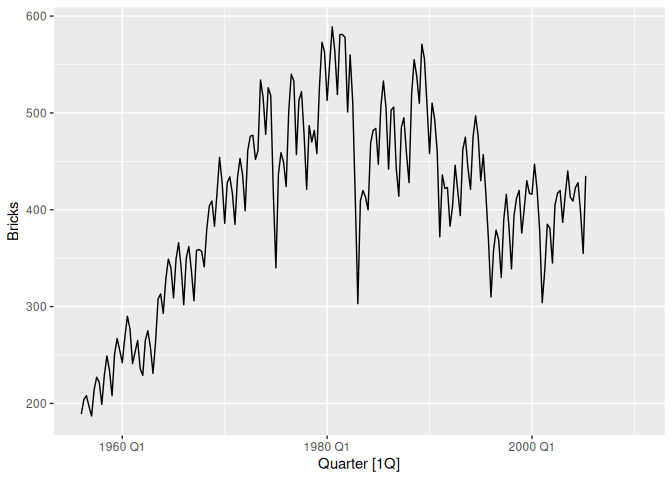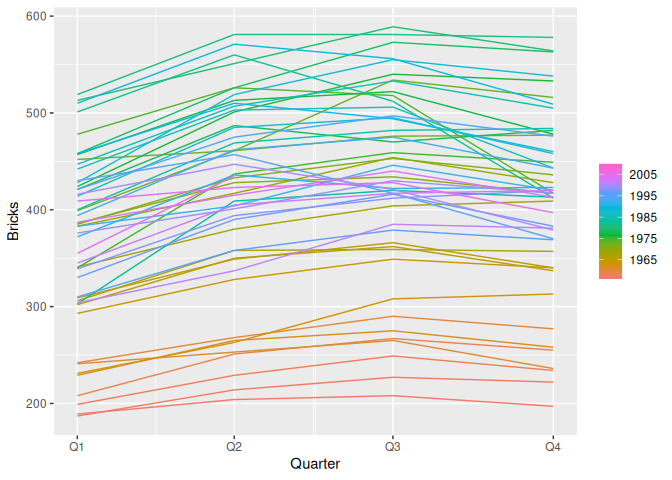

The hardware and bandwidth for this mirror is donated by METANET, the Webhosting and Full Service-Cloud Provider.
If you wish to report a bug, or if you are interested in having us mirror your free-software or open-source project, please feel free to contact us at mirror[@]metanet.ch.
The ggtime package extends the capabilities of ‘ggplot2’ by providing grammatical elements and plot helpers designed for visualizing time series patterns. These functions use calendar structures implemented in the mixtime package to help explore common time series patterns including trend, seasonality, cycles, and holidays.
The plot helper functions make use of the tsibble data format in order to quickly and easily produce common time series plots. These plots can also be constructed with the underlying grammar elements, which allows greater flexibility in producing custom time series visualisations.
You can install the stable version from CRAN:
install.packages("ggtime")You can install the development version of ggtime from GitHub with:
# install.packages("remotes")
remotes::install_github("tidyverts/ggtime")The simplest time series visualisation is the time plot, which can be
created with the autoplot() plot helper function on a
tsibble object.
library(ggtime)
library(tsibble)
library(ggplot2)
tsibbledata::aus_production %>%
autoplot(Bricks)
To view the shape of the annual seasonal pattern, a seasonal plot
created with gg_season() is commonly used. This makes it
easier to identify the peaks, troughts, and overall shape of the
seasonality.
tsibbledata::aus_production %>%
gg_season(Bricks)
These binaries (installable software) and packages are in development.
They may not be fully stable and should be used with caution. We make no claims about them.